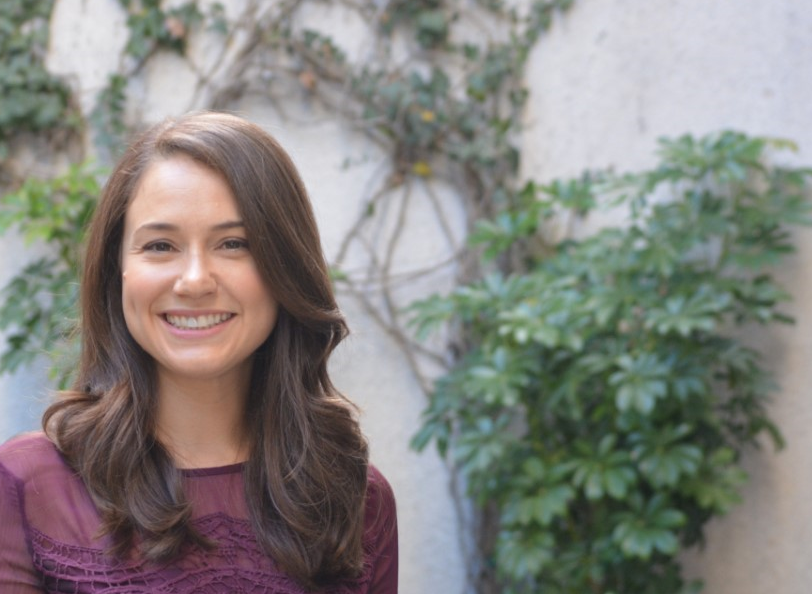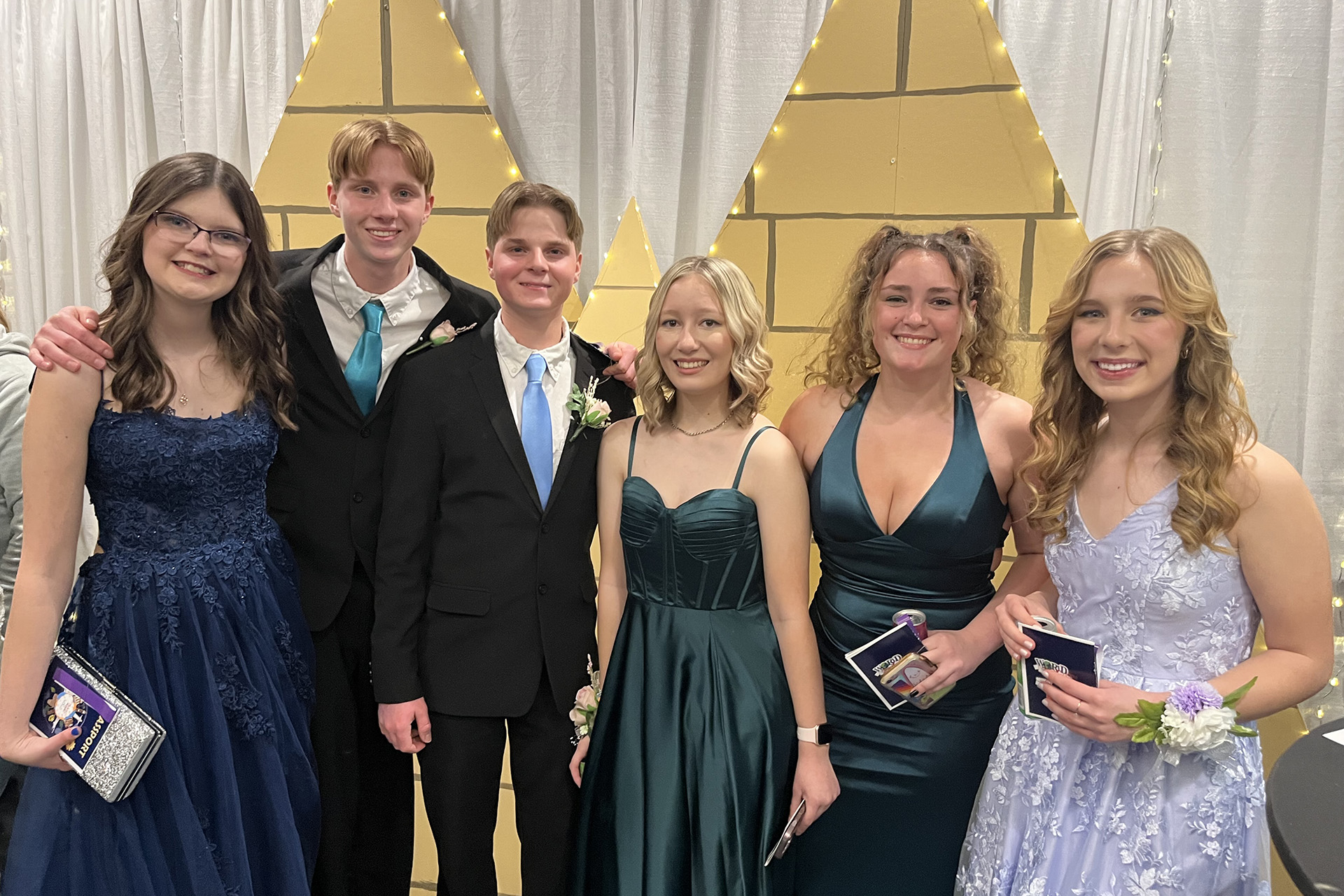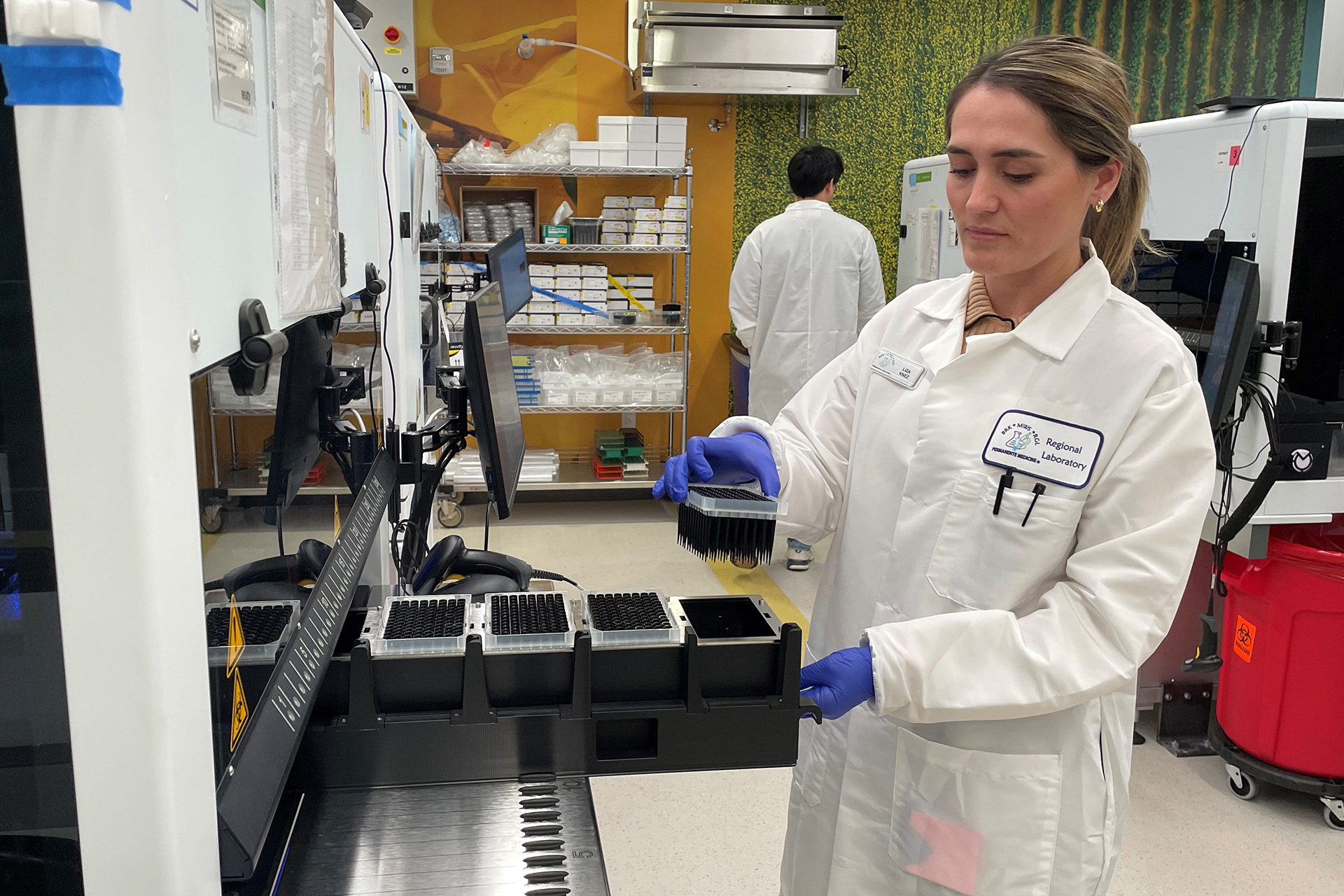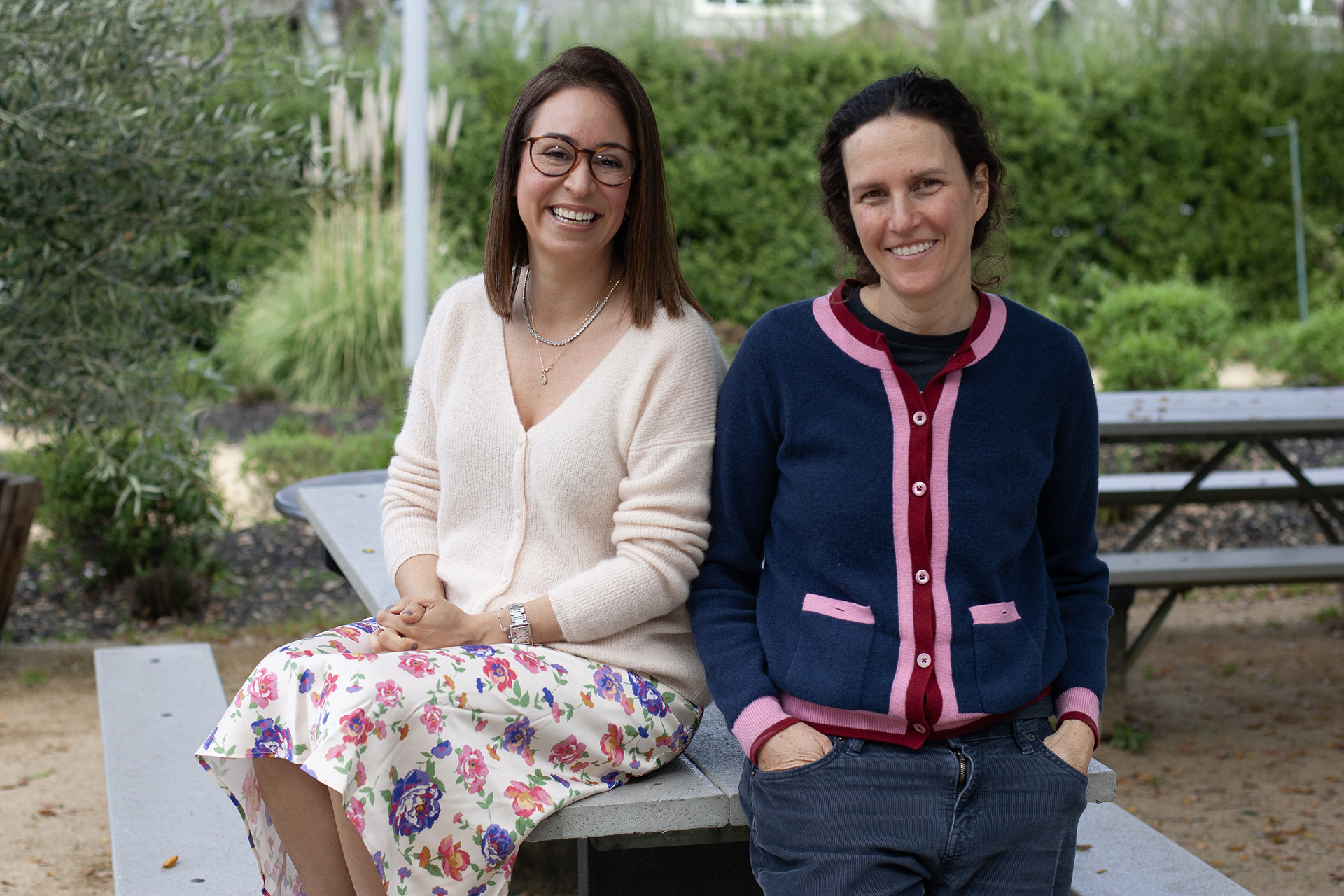Jessica M. started smoking when she was 15. Over the years, she tried everything to quit — patches, gum, lozenges, e-cigarettes, you name it. At one point she was up to a pack a day.
But in early 2020, quitting felt urgent. She had recently turned 30 — a milestone birthday that made her reflect on her life. In late winter the pandemic hit. “The fear of getting the virus was a big motivating factor. As a smoker, I knew I could be in a bad place,” she said.
Then Jessica’s mother died of a heart attack suddenly in May.
“I found I needed smoking to cope,” she said. “The week I decided to try to quit again, I got a call from Kaiser Permanente, asking if I’d like help to stop smoking. I was dumbfounded by the serendipity.”
The Quitters Campaign
Appropriate clinicians can see a Kaiser Permanente member’s tobacco status to better enable targeted counseling and medical management.
Kaiser Permanente has a long-standing commitment to tobacco cessation, with 2014 marking the beginning of the “50,000 Quitters” campaign — a concerted effort to get that many members to quit tobacco in 24 months.
The clinical method is multi-pronged: Screening for tobacco use, advising patients to quit, and connecting them with evidence-based treatment plans that include behavioral strategies and cessation medications.
“If Kaiser Permanente Northern California was a state, our adult member population would have the lowest smoking rate in the country.”
Over the years, the campaign was extended and has had to readjust its goal. Upward. As of late June 200,000 members had quit tobacco.
“Part of our success is leveraging a 2-pronged approach — systematic in-reach and outreach linking tailored care to our members,” said Renee Fogelberg, MD, the Northern California clinical lead for tobacco cessation who helped found the campaign and an ob-gyn at the Kaiser Permanente Pinole Medical Offices. “As the effort has grown, we have shared long-term goals, had committed clinical leaders, and provided timely intervention for many members.”
The Pandemic Effect
The arrival of COVID-19, with its resulting social isolation and strain on the U.S. economy, seemed like it could derail individuals’ plans to quit smoking. Evidence shows that smoking is a risk factor for progression of COVID-19, with smokers having higher odds of COVID-19 progression than those who’ve never smoked.
“Our whole team was worried, but our smoking cessation program has the systems in place to weather the storm,” Dr. Fogelberg said.
With fewer members visiting medical centers and offices, the Kaiser Permanente clinical health educators are finishing up contacting the 6,000 people who had used their tobacco cessation services in the past 2 years.
“We’ve added thousands of healthy years to our members’ lives
Then in June, the percentage of Kaiser Permanente Northern California smokers dropped to 6.9% — the first time it had ever been under 7%.
“If Kaiser Permanente Northern California was a state, our adult member population would have the lowest smoking rate in the country,” said Dr. Fogelberg. “We’ve added thousands of healthy years to our members’ lives and reduced the amount of tobacco-related disease we’ll see in our membership for years to come. We just keep meeting our goals.”
So does Jessica, who worked with Kaiser Permanente wellness coach Kathy Collins weekly to finally quit smoking. She decided to forgo any supplements and instead with Collins’ help addressed her smoking triggers, including social situations and alcohol.
“I have more energy and focus, and my partner and I are planning to start a family one day,” she said. “Having a coach was another level of accountability that I needed.”
Jessica has not smoked for 2 and a half months, which is her longest tobacco break in 15 years — half of her young life.





This Post Has 4 Comments
This account of how Kaiser/Permanente recognized the cost effective benefit of dealing with health risks and made it a major part of educating of its members was one of the reasons that I left academic medicine, moved 3,000 miles west to RWC some 50+years ago to practice. Best ‘mistake’ I’ve ever made (people in the East felt that way at the time). By the by, I knew of K/P from two articles in the “Readers Digest” written in the late ’40-’50s and immediately had the target of where I wanted to practice AND my wife had always wanted to live near San Francisco. Jerry
This is such great news! I am a proud member of Team Wellness Coaching and it is an honor to work along side of people who are so caring and committed to helping others make healthy changes, especially during this very stressful time. I would like to give a HUGE shout out to our Clinical Health Educator I’s, an integral part of our team and the ones who are mostly responsible for doing the initial outreach and getting our members connected with a wellness coach (Clinical Health Educator II’s). Without them, none of this success would be possible.
That is such an inspiring story! I hope the rest of us are that lucky!
Sylvie – thanks for being my coach! You are awesome. I’m so grateful I was able to quit smoking when the pandemic began.